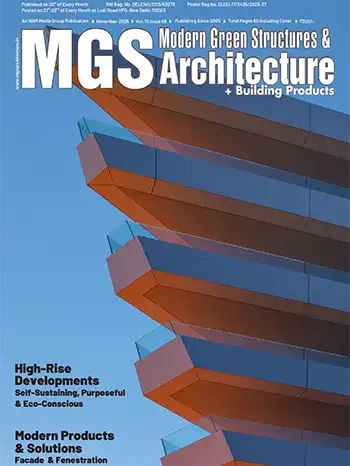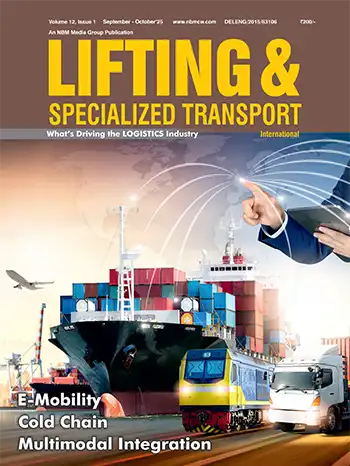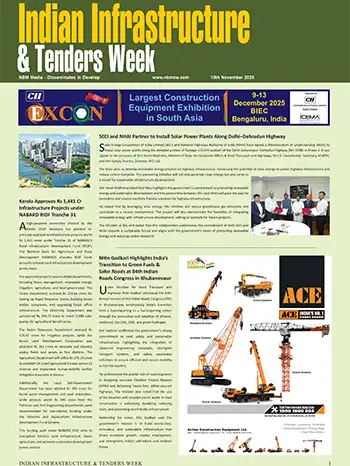Choosing biodegradable, high-quality, and locally available materials, allocating specific locations for waste collection and segregation, are steps towards making projects sustainable.
Bhuvan Kapila - Founder & Principal Architect, Workshop for Metropolitan Architecture (WMA)
Implementing a site waste management plan (SWMP) on any construction site encourages workers to separate materials for more sustainable methods, such as reuse or recycling, rather than assuming they are suitable for disposal.
Construction projects should procure materials that are recycled or come from renewable sources and choose high-quality materials that last. This also helps the construction site make design changes with a careful material ordering process, improving inventory management.

Separating your construction waste as much as you can during the building process is the best approach to reduce waste. It is much simpler to recycle and reuse materials like concrete, metal, and wood when they are separated from other waste types. This procedure can be made simpler by allocating locations for waste collection and giving employees clear instructions.
Utilising biodegradable materials is another option as they break down naturally over time, reducing the burden on landfills. Examples include bamboo, cork, and natural fibers. Incorporating these materials into construction projects promotes a healthier environment and supports sustainable practices.

Our project Beyond Boundaries embodies sustainable construction practices with a strong focus on waste prevention. From the outset, the design strategy prioritised efficient resource management. Leftover materials from the construction process were creatively repurposed into interior elements like furniture, wall cladding, and partitions, giving them a second life while reducing landfill contribution.
Every space was crafted with a minimal yet purposeful use of materials, ensuring no excess or redundancy. The team also adopted local sourcing and recyclable materials wherever possible to reduce the project’s environmental footprint.
















